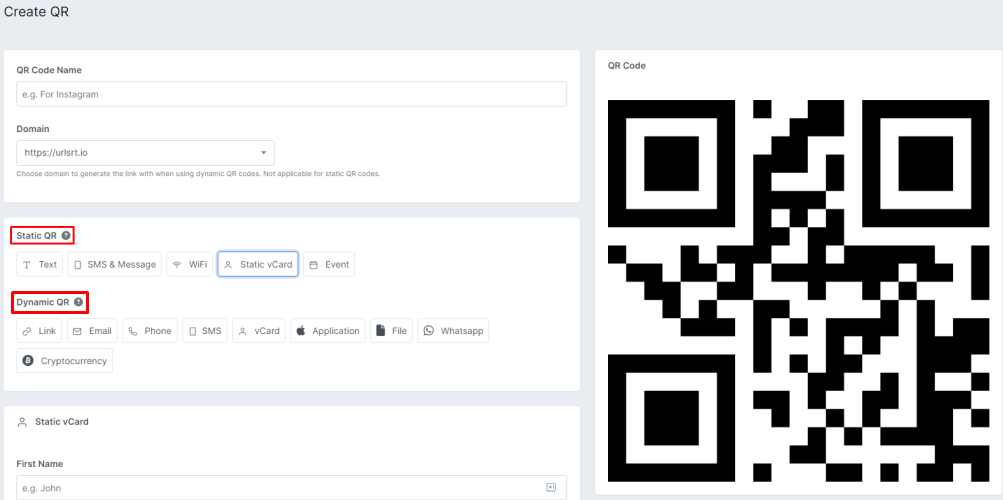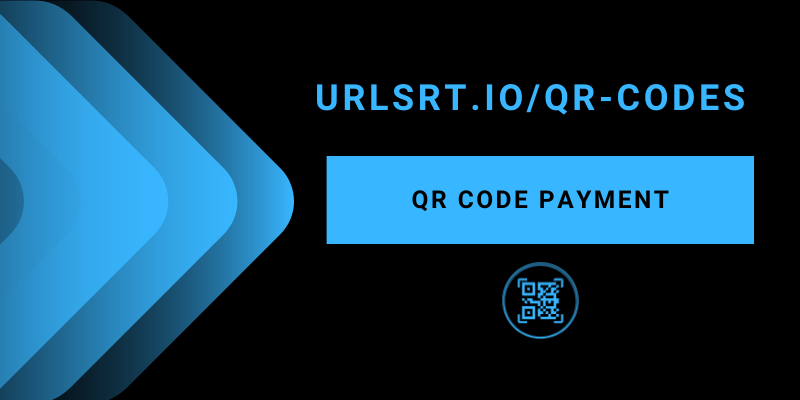Over the past few years, we have seen the evolution of QR codes, paving the way for contactless payments. QR codes are an effortless and quick way to make transactions for your online or offline purchases with a smartphone. Additional benefits of QR code payments are inventory management, instant payment transfer to an account, etc. If you want to create a QR code for the first time, you can use our QR code generator to kick start for free. This article illustrates the benefits and areas where you can use QR codes to make transactions a feasible process.
Table of Contents
What are QR Code Payments?
QR (Quick Response) code is used to get the information or navigate to the platform instantly. These barcodes are used for online payment transactions through a scan-to-pay process that conceals users’ payment information. The encoded information includes the customer’s account details, access credentials, and other information. This digital representation of transactional data helps to carry out a contactless payment process, reducing time and effort for customers.
How to Create a QR Code in Urlsrt
If you haven’t signed up on urlsrt.io, click Get Started for Free and create a new account. Log in to urlsrt.io with valid credentials. On the left pane, click QR Codes and tap Create QR. Fill in all the necessary details, such as name, domain, and type of QR, and click Preview to check whether the QR code works. If it is successful, click Generate QR, choose the format, and download the QR code.
Types of QR Code
Typically, there are two different types of QR codes, which are discussed below.

- Static QR Code: It contains standard information that you can no longer edit. You can create Static QR codes for sharing links, Wi-Fi passwords, and contact details, where the encoded information doesn’t need updating.
- Dynamic QR Code: If you need an editable QR code, consider this one. Unlike static QR codes, dynamic QR codes don’t hold the data directly. Instead, they serve as a bridge to an online storage location where the data resides. This functionality empowers businesses to monitor scans in real-time, capturing details such as the precise scan time, location, and device the scanner utilizes.
Where Can I Use QR Code for Payment?
Most shopping malls and showrooms implement this technology for easy transactions. In addition to these shops, QR codes can be included on other platforms, which we’ve listed below.
- Retail Stores: Payment QR codes can be used at retail stores for purchases, allowing customers to make payments using their smartphones.
- Restaurants: Restaurants can implement QR codes to receive payments. This will enable customers to pay their bills directly from their tables, enhancing convenience and efficiency.
- Online Shopping: Payment QR codes can be used for online shopping transactions, allowing customers to scan the code during checkout to complete their purchases securely.
- Bill Payments: Many utility companies provide payment QR codes on bills, enabling customers to scan the code and make payments conveniently from their mobile devices.
- Events and Ticketing: These QR codes are often used to purchase tickets for events such as concerts, movies, or sports games, providing a quick and hassle-free payment option for attendees.
The Power of Contactless Payments via QR Code
- QR code payments offer convenience for customers and merchants, eliminating the need for physical cash or cards.
- Especially in today’s environment, contactless QR code payments minimize physical contact between customers and merchants.
- It has lower transaction fees than traditional methods like credit cards, leading to cost savings, especially for small vendors.
- This is particularly advantageous in regions lacking traditional banking services, as they are accessible to anyone worldwide.
- Solutions frequently incorporate loyalty programs and rewards, motivating customers to use QR codes and encouraging loyalty through incentives.
QR code payments are safe because they keep payment details safe. They will not store user data who makes transactions by scanning them, so users need not worry about privacy.
